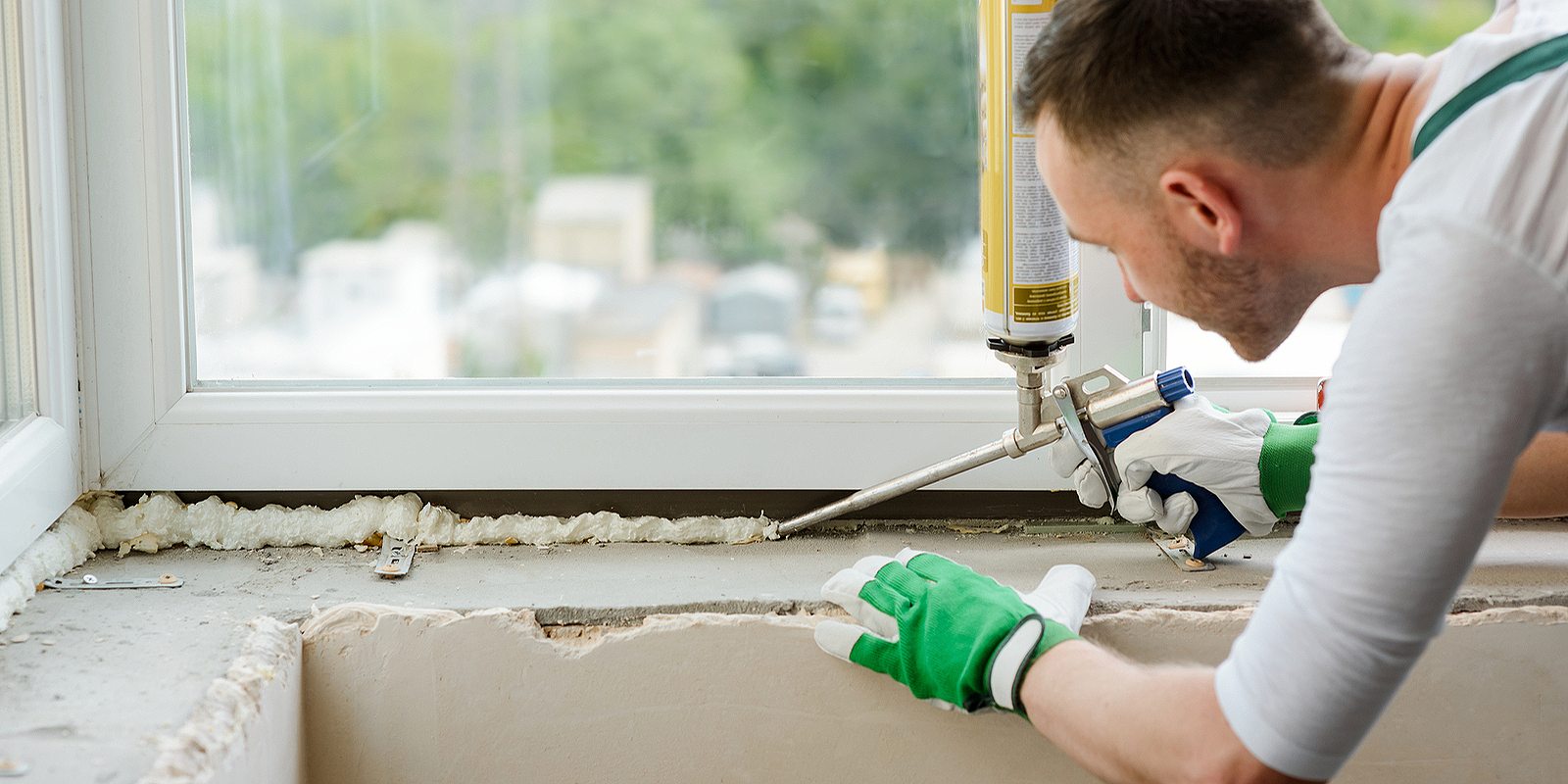Skirting adhesive is a very useful product when attaching skirtings to walls, helping to create the perfect finish for any room. When applied incorrectly, it can lead to various issues such as uneven skirting and adhesive loss. You must avoid these common mistakes when it comes to installing your skirtings in perfect condition, especially ensuring you use the right adhesive like ct 1 glue.
- Insufficient Surface Preparation: Insufficient surface area preparation prior to the application of skirting adhesive can lead to structural failure. Skipping this step is common among DIYers, and there will be less adhesion, leading to the possibility of peeling off later on.
- Failure to Use Suitable Adhesive: Some glues are of poor quality, and using an internal structural-grade adhesive when attaching skirting boards is a risky decision. Ensure that you select an adhesive specifically designed for skirting boards.
- Applying Excessive Adhesive: Although it may be tempting to use more glue for better retention, too much adhesive can weaken the attachment. However, if you overuse the adhesive and it seeps out from under the skirting, it could result in a dirty appearance on your freshly painted wall.
- Improper positioning: If you want a skirting board to look perfect, proper alignment is paramount. Most damages arise from installing your printer incorrectly. Once it is level and aligned with the adjoining boards, press firmly against the wall.
- Ignoring Setting Time: To provide maximum bonding strength, the skirting adhesive requires sufficient setting time. Applying the tiles too quickly and not giving time for all of the solutions to dry will reduce how well your chosen adhesive sticks.
- Not Supporting Skirting: Secure the skirting boards during the early setting process to prevent them from slipping or sagging. Not properly supporting the skirting may cause them to unevenly bond and create gaps between the board and wall.
- Overlooking expansion gaps: This is because wooden skirting boards are liable to increasing and contracting with changes in temperature and moisture. If you fail to leave sufficient expansion gaps at the joints of the floorboards or between the skirting and walls, the boards may eventually pull against each other, causing warping or buckling.
Knowing what is ct1 and how to avoid these mistakes can help you maintain the longevity and aesthetic appeal of your skirting board fix. When you take the time to properly prepare your surface, choose the appropriate adhesive, and then follow installation instructions precisely, there is no reason why this cannot be a professional finish for any room in your home.

